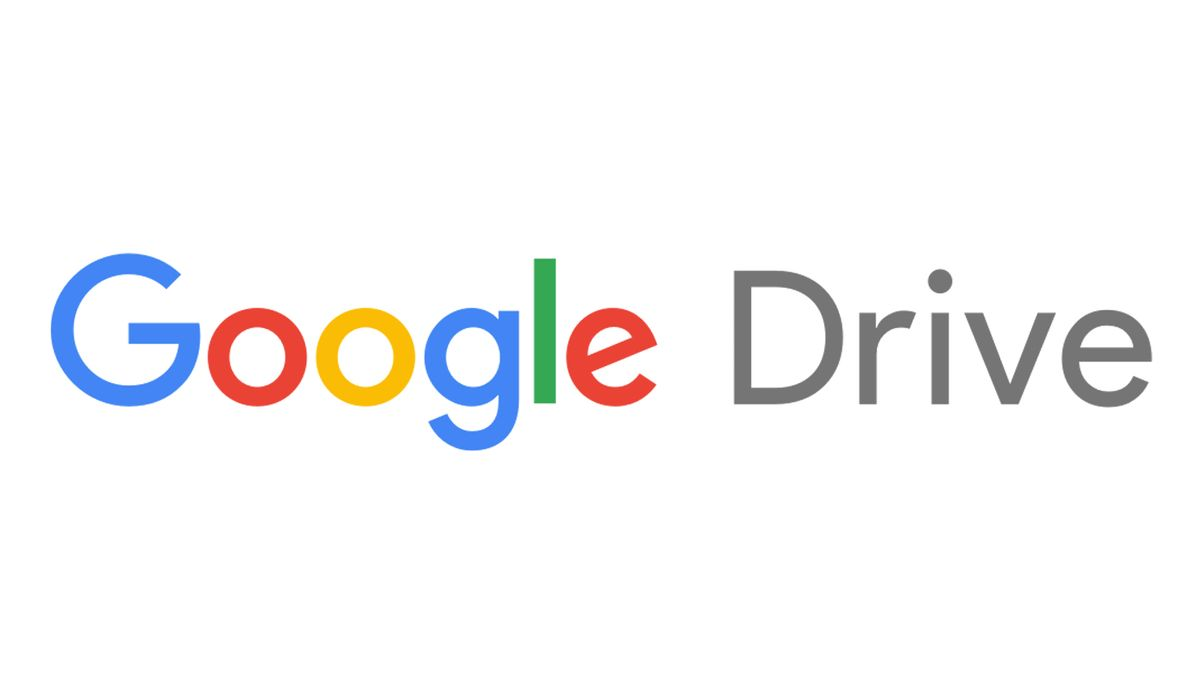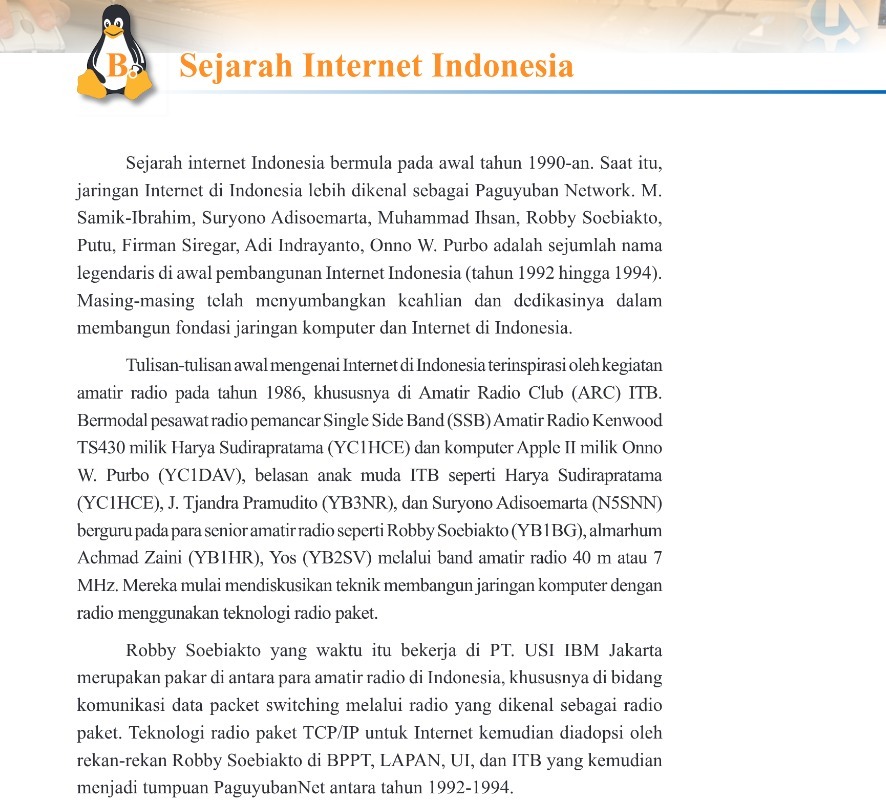Unlocking Website Performance: Harnessing Google Drive as a CDN
In today’s fast-paced digital world, website performance is paramount. Users expect seamless loading times and smooth browsing experiences. One powerful tool in achieving this is Content Delivery Networks (CDNs). Traditionally, CDNs have been associated with specialized services, but did you know that you can harness the power of Google Drive as a CDN for your website? Let’s explore how.
What is a CDN?
A CDN is a network of servers strategically distributed across different geographical locations. Its purpose is to deliver web content to users more efficiently by caching files on servers closer to them. This reduces latency and speeds up content delivery, resulting in faster loading times and improved user experiences.
Enter Google Drive as a CDN
Google Drive, primarily known as a cloud storage service, can also serve as an unconventional yet effective CDN for hosting static files such as images, CSS, JavaScript, and more. Leveraging Google Drive in this manner can offer several benefits, especially for smaller websites or projects with limited budgets.
Advantages of Using Google Drive as a CDN:
- Cost-Effectiveness: One of the most significant advantages is cost-effectiveness. Google Drive offers a substantial amount of free storage (15GB at the time of writing), which can be utilized to host website assets without incurring additional expenses.
- Reliability and Scalability: Google’s infrastructure is renowned for its reliability and scalability. By leveraging Google Drive, website owners can benefit from Google’s robust network and server infrastructure, ensuring reliable content delivery even during traffic spikes.
- Easy Setup and Management: Setting up Google Drive as a CDN is relatively simple and requires minimal technical expertise. Files can be uploaded directly to Google Drive and shared publicly, with customizable sharing settings for added security.
- Global Reach: Google operates data centers worldwide, ensuring global reach and reduced latency for users accessing website content from various locations.
How to Use Google Drive as a CDN:
- Upload Content to Google Drive: Begin by uploading the static files you wish to host on your website to your Google Drive account.
- Generate Shareable Links: Once uploaded, generate shareable links for each file. Ensure that the sharing settings are configured to allow public access.
- Embed Links in Website: Embed the generated links into your website’s HTML code, replacing the original file paths with the corresponding Google Drive links.
- Testing and Optimization: Test the website thoroughly to ensure that the content is loading correctly and optimize as necessary for performance.
Considerations and Limitations:
While Google Drive can be a viable CDN solution for certain use cases, it’s essential to be aware of its limitations. Google Drive is primarily designed for file storage and sharing, not for serving website content at scale. As such, it may not offer the same level of performance and features as dedicated CDN providers.
Additionally, Google Drive imposes bandwidth limits and may suspend accounts or restrict access if it detects excessive usage patterns. Therefore, it’s crucial to monitor usage and adhere to Google’s terms of service to avoid any disruptions.
In Conclusion:
Google Drive presents an intriguing alternative for website owners seeking a cost-effective CDN solution. By leveraging its storage capabilities and global infrastructure, you can enhance your website’s performance and deliver content more efficiently to users worldwide. While it may not offer the same level of sophistication as dedicated CDN services, Google Drive can be a valuable asset, particularly for smaller websites or projects with budget constraints. Experiment with it, monitor performance, and discover how it can elevate your website’s user experience.







Post Comment